At first glance, floating shelves seem like a simple design choice – a sleek, space-saving solution that fits...
- There are no more items in your cart
- Shipping
- Total £0.00
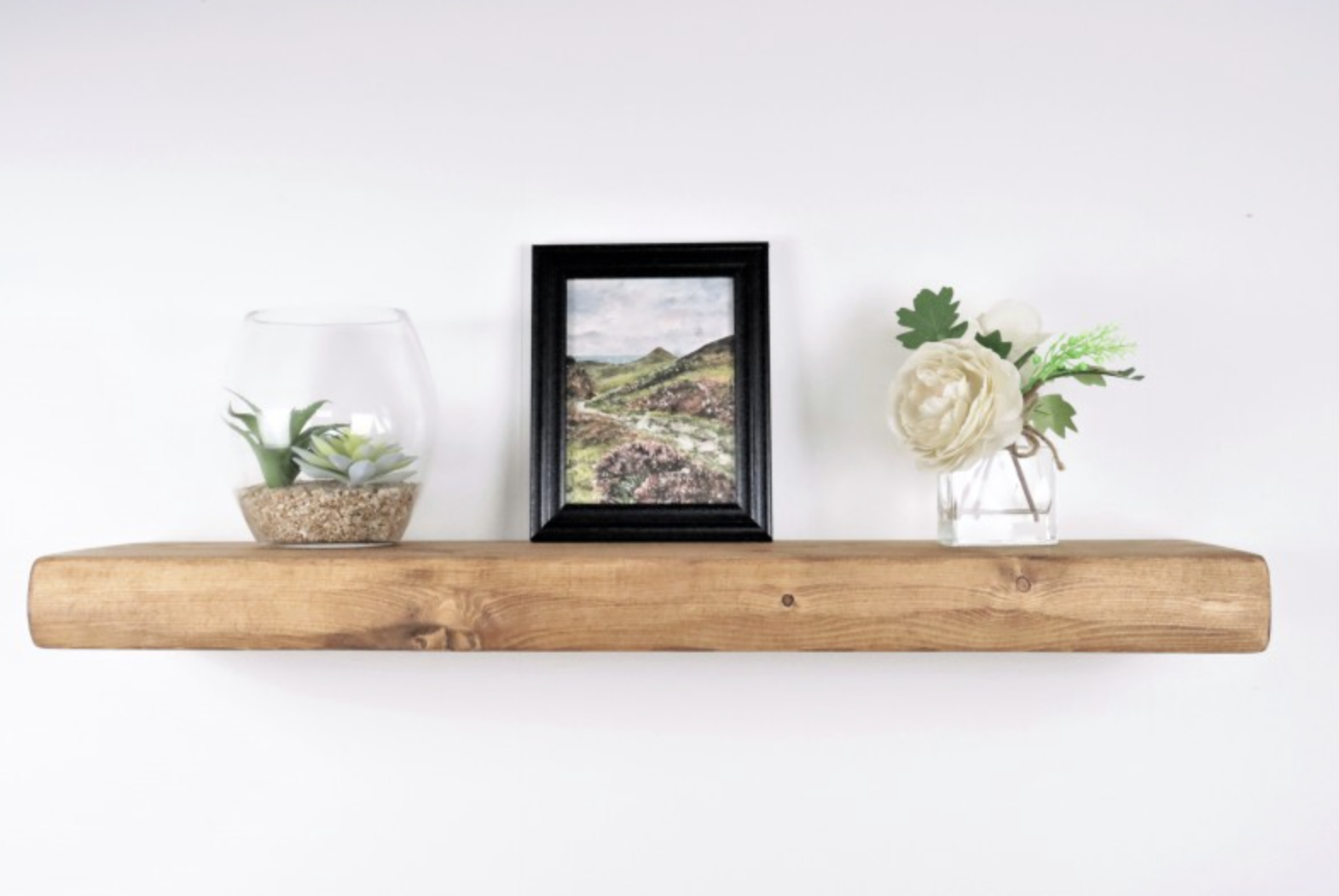
The invisible art of shelf acoustics - How shelves shape the sound of your home
When we think about home design, we instinctively look – at colors, textures, and shapes. We notice light. We notice balance. But very few people think about how their home sounds. And yet, sound is one of the most powerful, invisible forces shaping how we feel in a space. A room’s acoustics can make it feel calm or chaotic, intimate or distant.
Shelves – yes, something as simple as shelves – quietly influence that experience. Every board, every object, every inch of wood interacts with the air around it. While we’re drawn to shelves for their visual rhythm, they also act as hidden conductors, scattering sound and subtly tuning how we experience a room. A bare wall bounces sound directly back at us, amplifying echo. Add shelves, and suddenly the space feels more grounded, softer, even warmer. It’s a small architectural change with a surprisingly emotional impact.
List of contents
- The hidden connection between sound and space
- The science of how shelves interact with sound waves
- Materials that make a difference: from wood to glass
- Wall placement and room geometry
- Designing for comfort, not just aesthetics
- Styling tips for better acoustic balance
- The emotional side of sound in interior design
- The future of sound-conscious furniture design
The science of how shelves interact with sound waves
Sound waves behave much like light – they travel, reflect, and scatter depending on the surfaces they meet. Flat, hard walls reflect sound evenly, which is why empty rooms echo sharply. When you introduce shelves, you’re adding irregularity – edges, gaps, textures, and materials that break up and scatter those reflections.
Every object on a shelf becomes part of a micro-landscape for sound. A stack of books absorbs lower frequencies, while ceramics and glass scatter high tones. The result is diffusion: sound bouncing in many directions instead of one, creating a balanced and comfortable auditory experience. This is why rooms with filled bookshelves or layered wall decor feel “quiet” without being silent. The air still vibrates with life – but the chaos has been smoothed out.
Materials that make a difference – from wood to glass
Not all shelves shape sound the same way. The material is key. Wood, for example, has natural pores that absorb vibrations. Oak and walnut can soften harsh tones and create warmth – literally and acoustically. MDF and plywood behave differently, reflecting more and absorbing less, though they still add diffusion thanks to their irregular surfaces.
Metal shelves, especially powder-coated steel or aluminum, tend to reflect higher frequencies. This can give a room a brighter, sharper feel – which might work in modern or industrial interiors but can feel fatiguing in large, hard-surfaced spaces. Glass shelves, on the other hand, act almost like acoustic mirrors. They look elegant but reflect sound in a way that amplifies brightness. To balance that effect, you can mix in soft, absorbent objects – plants, woven baskets, or books.
The key isn’t perfection but contrast. A mix of dense and porous materials helps create a natural equilibrium, where no single sound dominates.
Wall placement and room geometry
Where you hang your shelves is just as important as what they’re made of. Walls facing large windows or hard surfaces tend to produce the most reflections. Placing shelves there can soften those rebounds and improve balance.
Corners are another acoustic hotspot – sound waves accumulate and create low-frequency “booms.” Installing shelves in corners or alcoves helps diffuse those heavy tones, especially if filled with a mix of dense and light materials.
The height of your shelves matters, too. Placing them roughly at ear level has the strongest impact on how you perceive sound. Higher shelves diffuse echoes; lower ones help ground bass tones. Think of your wall as a speaker, and shelves as its built-in equalizer.
Designing for comfort, not just aesthetics
Modern interiors often suffer from “visual minimalism, acoustic chaos.” We strip down surfaces to create clean lines and end up with rooms that sound hollow. The soundscape becomes harsh and fatiguing, even if the space looks beautiful.
Good design should appeal to all senses. A comfortable room isn’t just about what you see – it’s about what you hear and feel. Shelves add that missing warmth, softening reflections and grounding sound energy.
They’re particularly effective in open-plan homes, where large walls and hard floors amplify noise. Instead of relying on costly acoustic panels, thoughtful shelving can achieve a similar result, adding beauty and calm in equal measure.
Styling tips for better acoustic balance
These small details can turn your shelves from simple storage into an invisible sound design tool.
The emotional side of sound in interior design
Our brains respond to sound subconsciously. Spaces that echo tend to make us uneasy; they trigger our instinct to seek cover or distance. Warm, diffused sound, on the other hand, signals safety, comfort, and calm. That’s why cozy rooms feel intimate – not only because of their color palette or furniture, but because of the way sound behaves within them. Shelves, in this context, become emotional tools. They help create rooms that feel good without you knowing exactly why. Whether it’s a quiet reading nook or a lively kitchen, acoustics influence how long you want to stay there, how you focus, and even how you communicate.
Designers talk about “visual balance” – but there’s also “acoustic balance,” and your shelves can help you find it.
The future of sound-conscious furniture design
The next wave of interior innovation is multisensory. Designers and architects are increasingly aware that sound defines the way we live in spaces. Some studios are already experimenting with shelves made from recycled acoustic felt, perforated wood composites, and hybrid materials that absorb sound while maintaining visual lightness.
Smart shelves with embedded lighting and micro-sound diffusers are on the horizon too, blending functionality, sustainability, and well-being. Imagine a wall that doesn’t just hold your favorite books – but actually enhances the mood of your room by shaping its sound.
As our homes evolve into sanctuaries for work, rest, and creativity, the humble shelf is being reimagined. It’s no longer just a support for objects – it’s an active part of how we experience space, silence, and serenity.
The art of shelf acoustics is subtle, almost invisible – but once you notice it, you’ll never unhear it. Every wall, every shelf, every object contributes to the soundtrack of your home. By embracing materials, balance, and thoughtful placement, you can shape not just what your space looks like, but what it feels like to be in it.

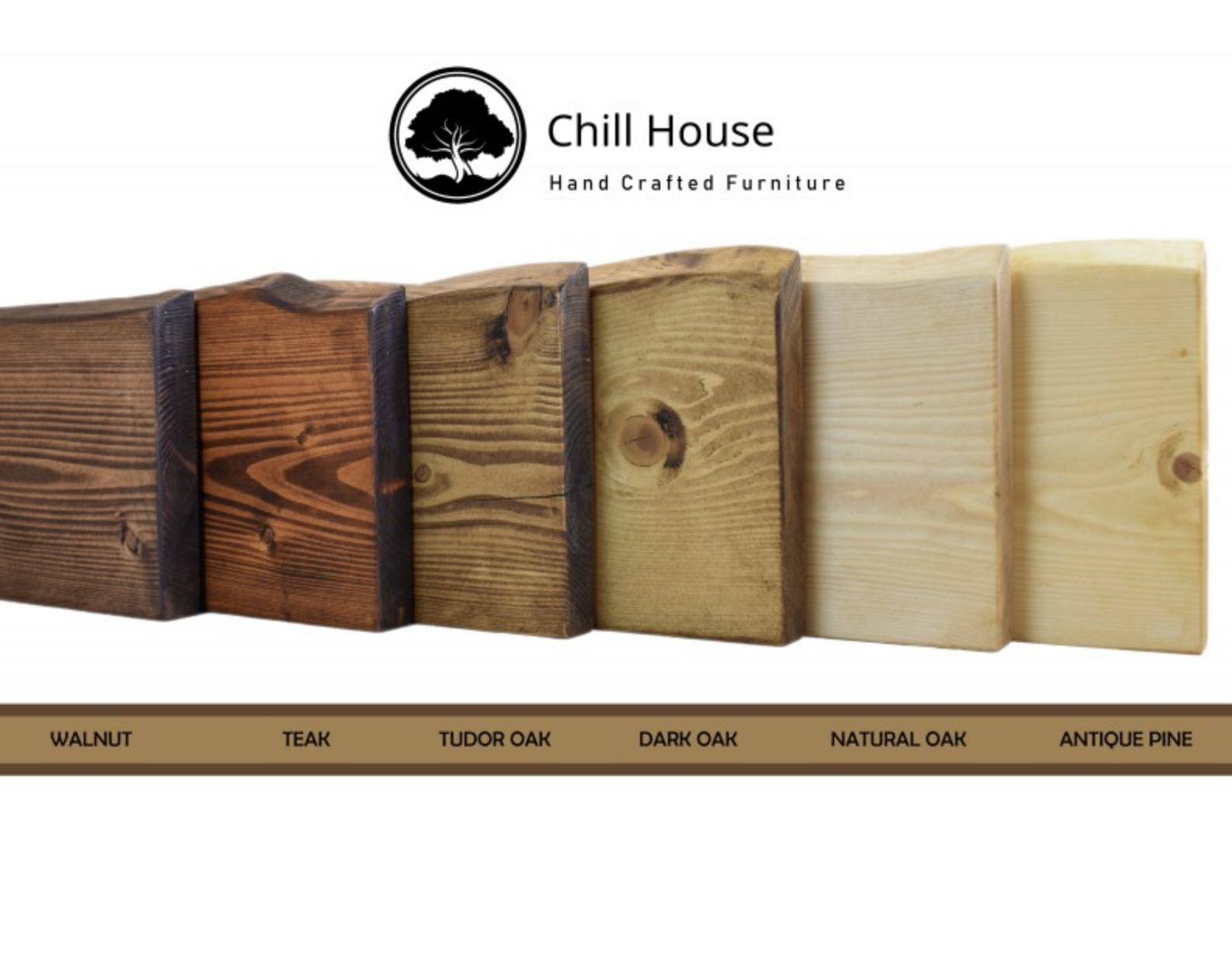
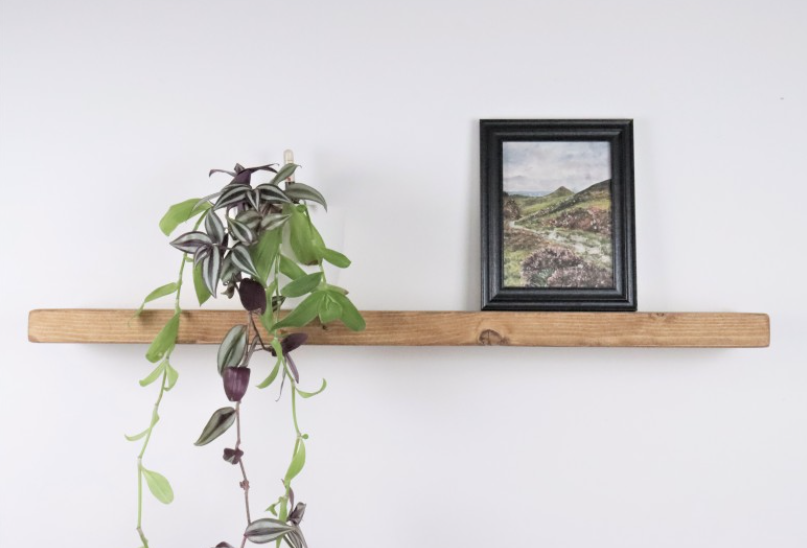

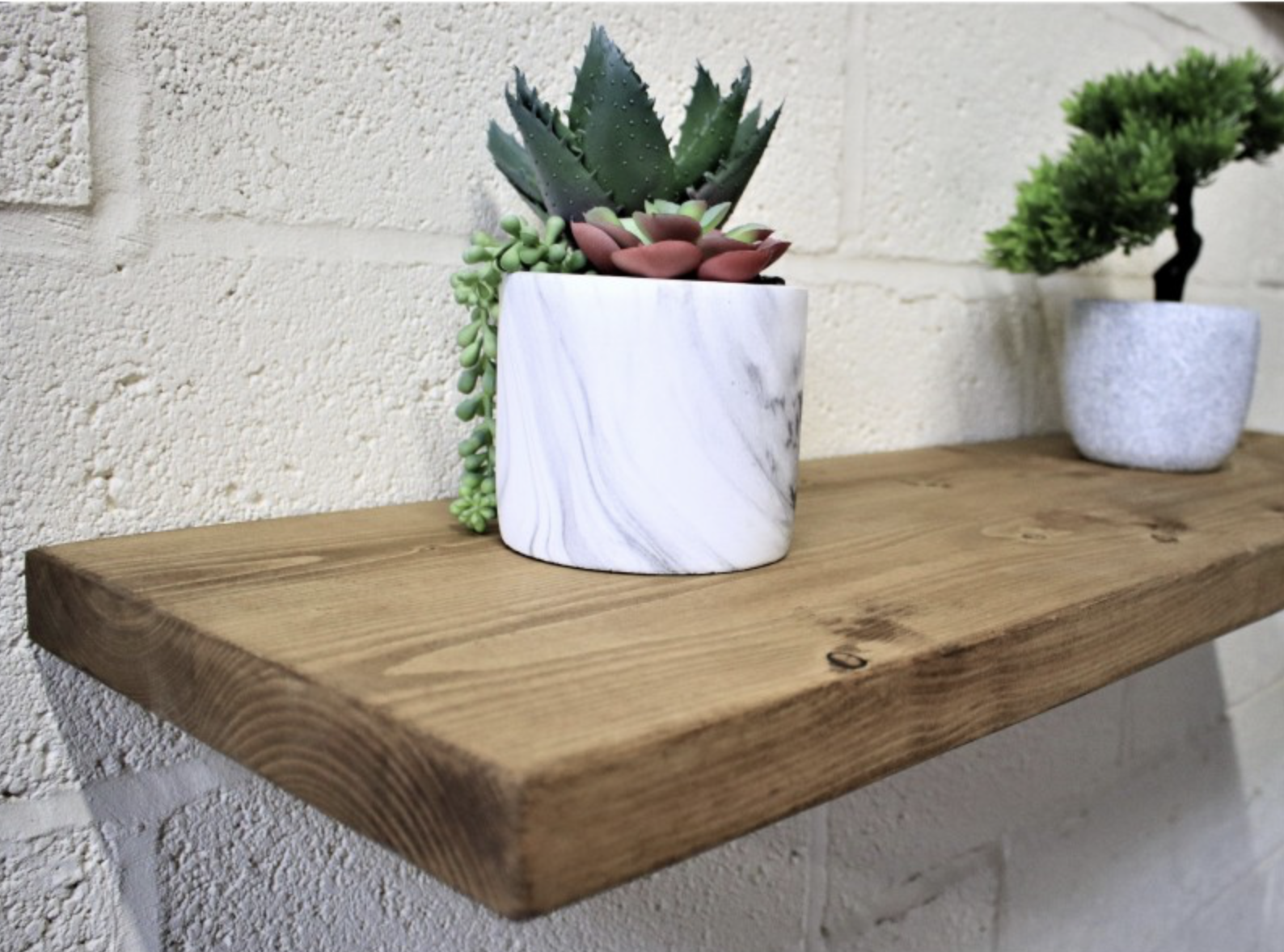
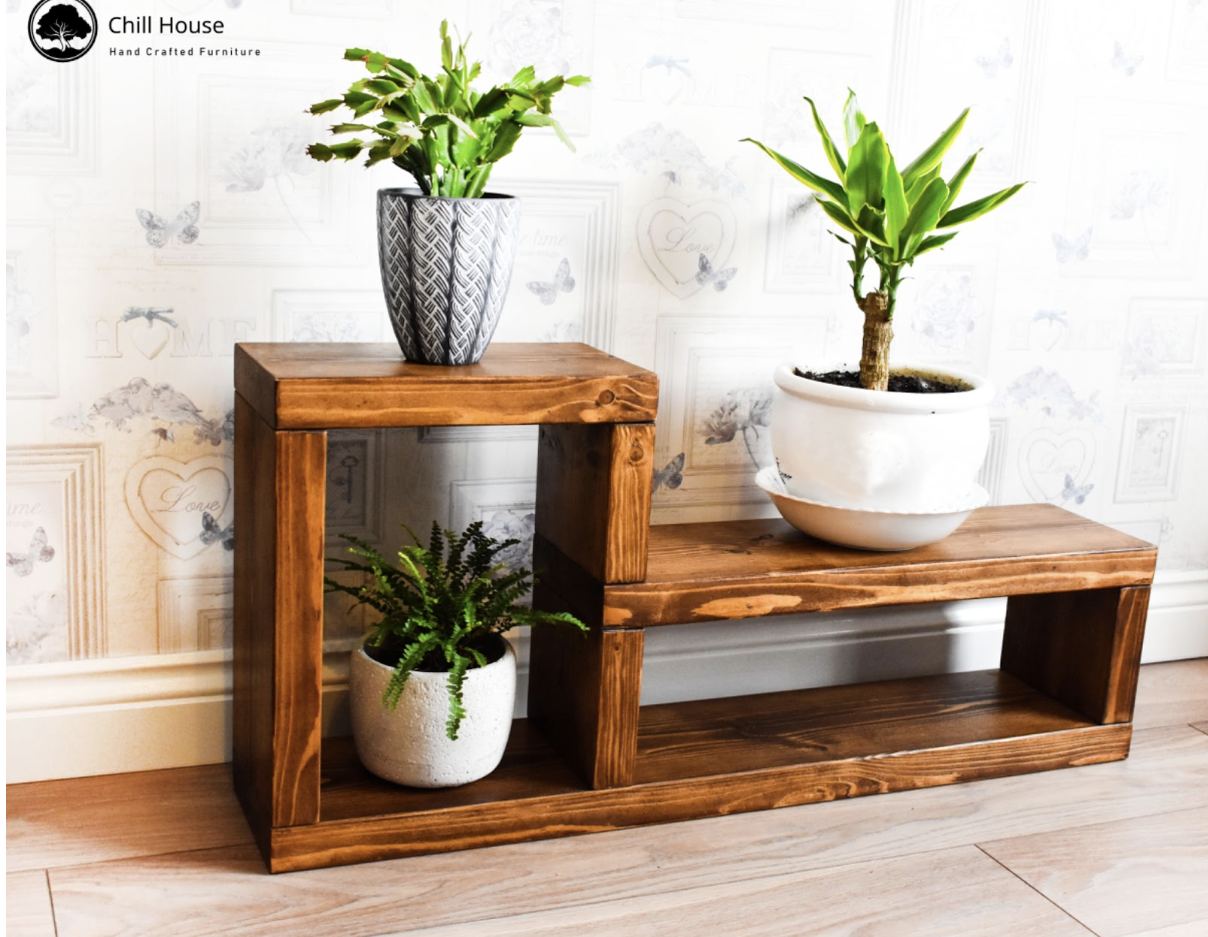
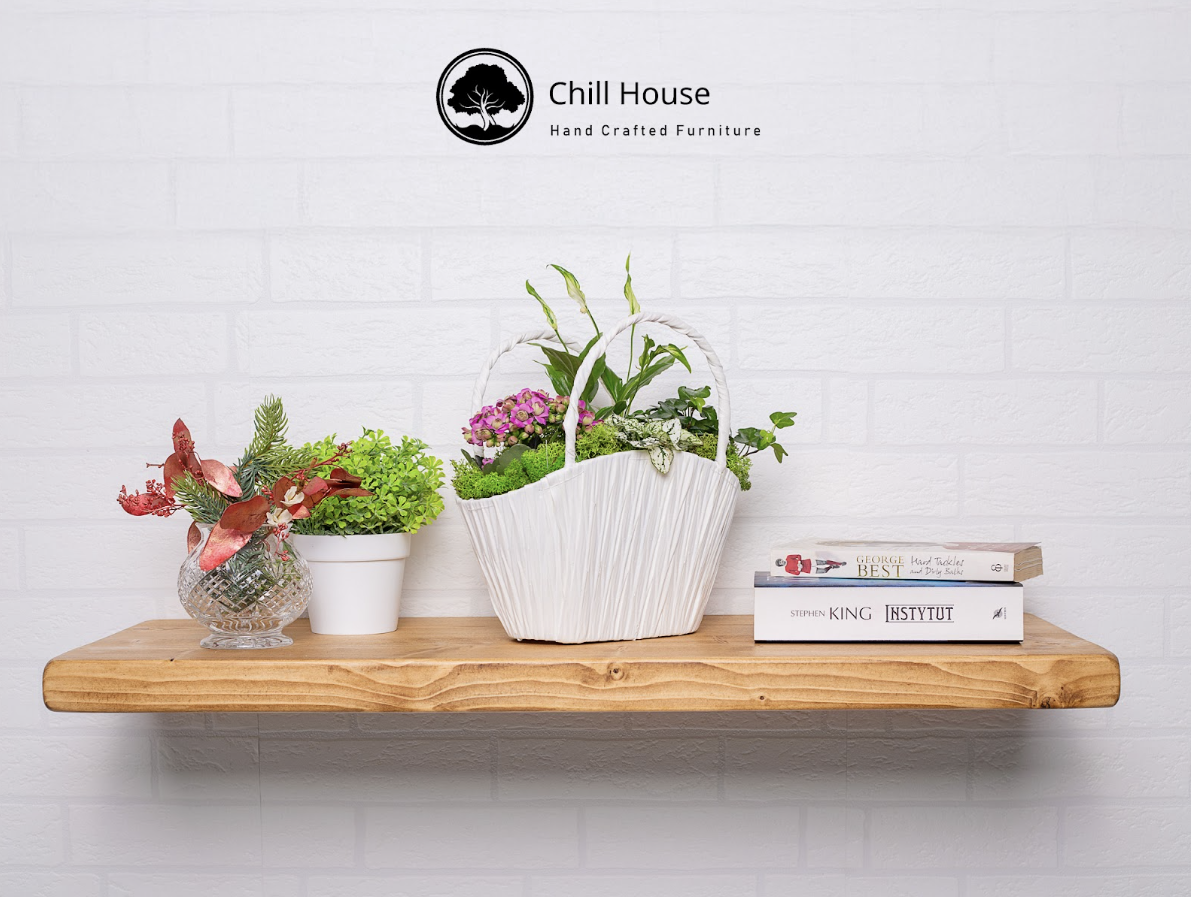









Leave a comment